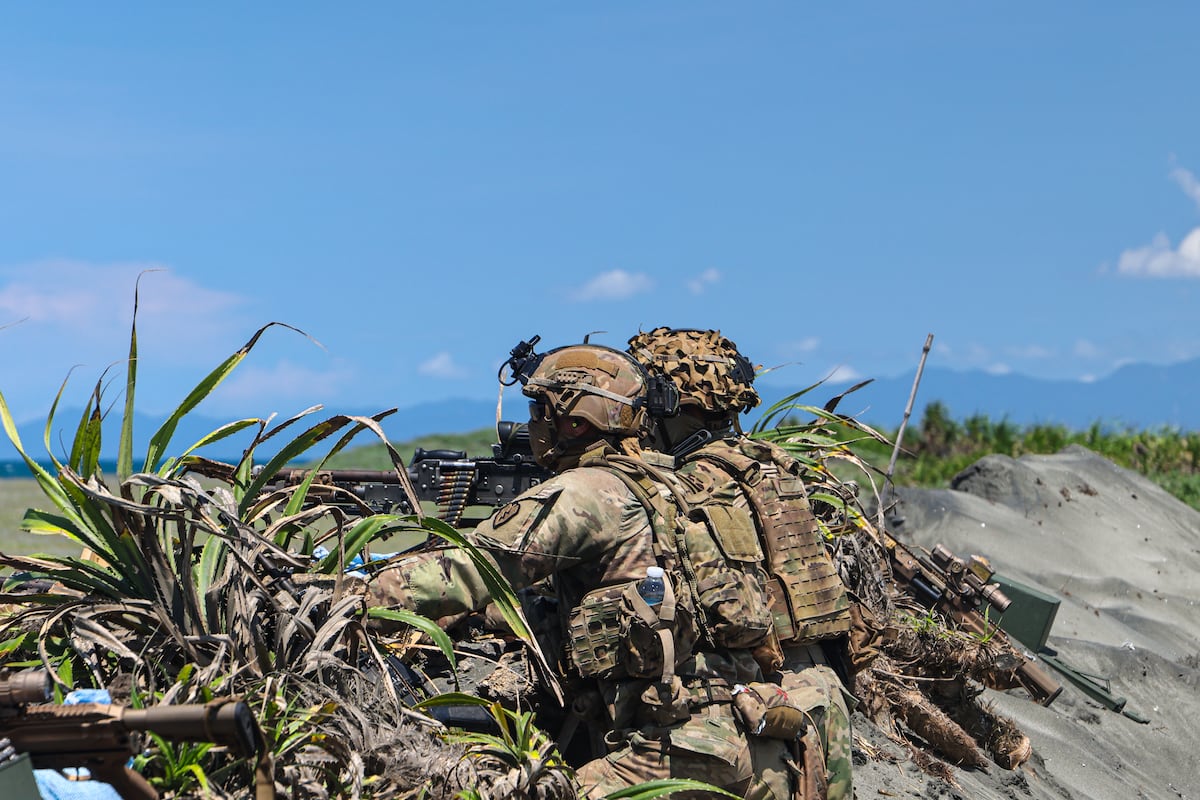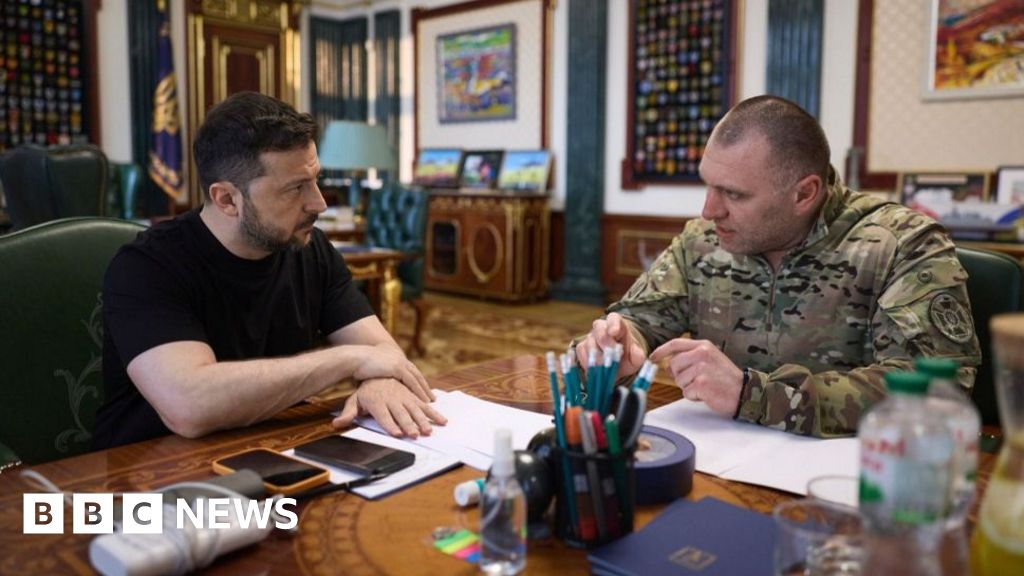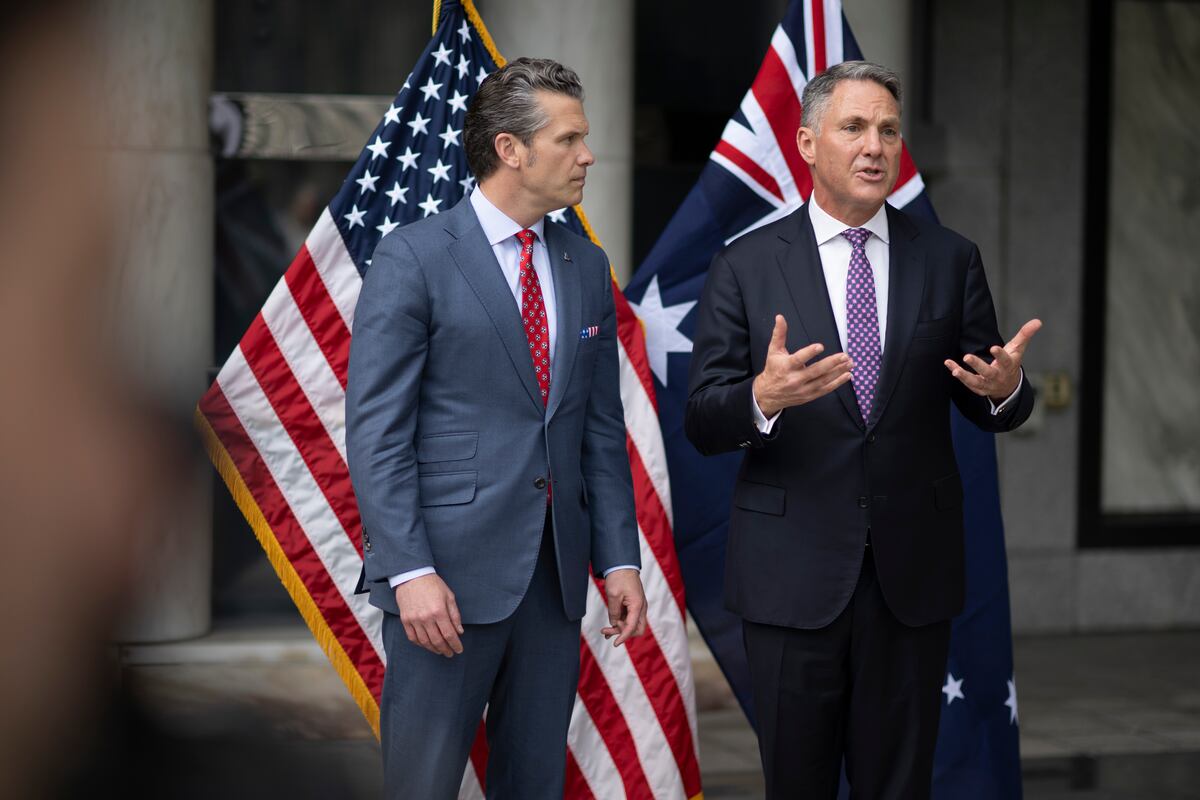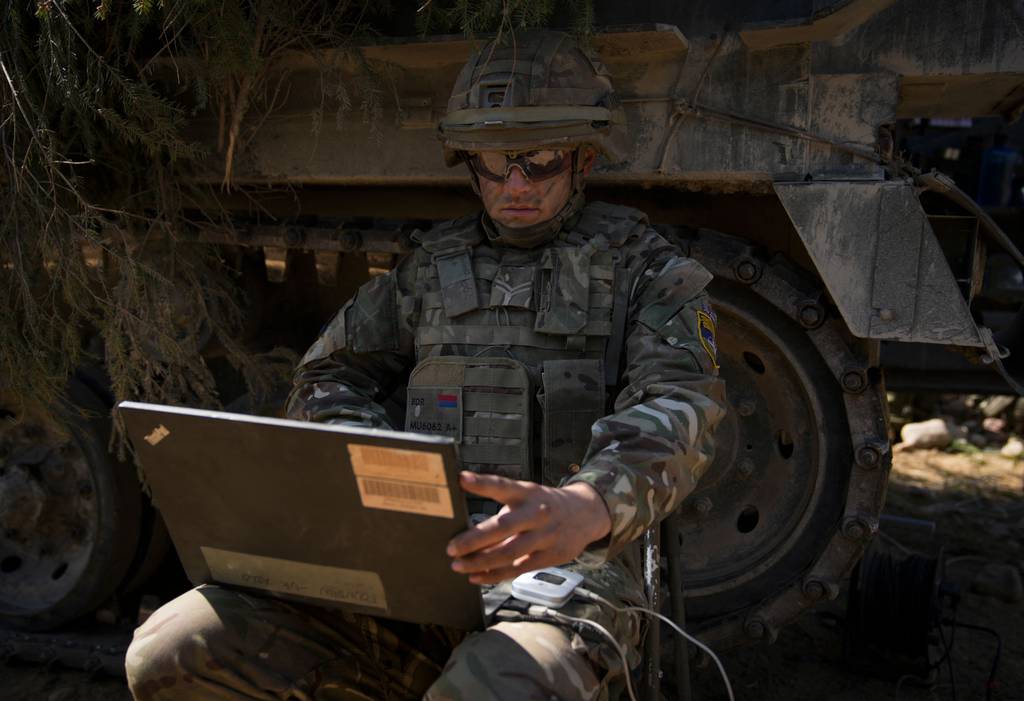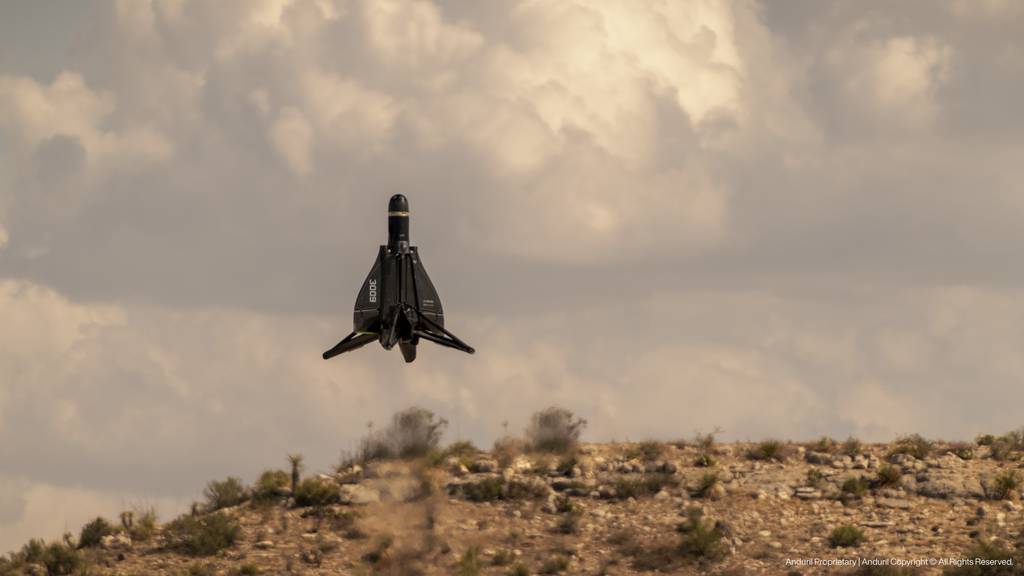Navy chief to prioritize getting more ships ready for action
ARLINGTON, Va. — The chief of naval operations said Tuesday the service must “get more players on the field”
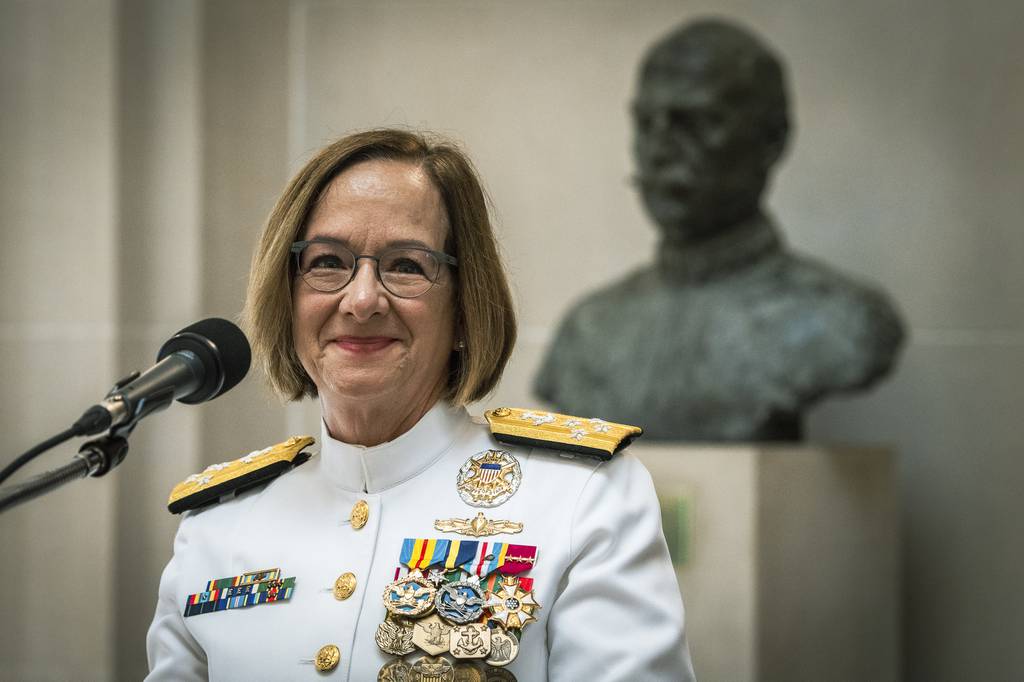
ARLINGTON, Va. — The chief of naval operations said Tuesday the service must “get more players on the field” as international crises demand more of the naval force, in her first major address since taking the helm of the Navy two months ago.
Adm. Lisa Franchetti said at the Surface Navy Association’s annual conference she’s focused on improving the Navy’s readiness, including the necessary logistics; better integrating the service with the joint force; and working with Congress and industry to address naval needs.
The Navy today is postured to respond if crises in Ukraine and Israel escalate, is actively shooting down Houthi missiles and drones in the Red Sea, and has a large presence in the Pacific to deter Chinese aggression against nearby U.S. partners and allies.
Franchetti said the Navy needs to take a number of steps to maximize the fleet’s ability to support all these operational tasks.
Putting “more players on the field” requires getting new construction ships delivered on time; moving ships out of maintenance periods on time; taking proper care of the fleet so the ships reach their full planned service life; and adding in unmanned systems and other disruptive technologies to maximize the manned ships and planes’ capabilities.
“It’s not a number” of players, she told reporters. “It’s an ecosystem of all of those things put together.”
Broadly, Franchetti grouped her efforts into three areas, which she called warfighting, warfighters and the foundation that supports them.
According to “America’s Warfighting Navy,” a paper released in conjunction with her speech, she said the warfighting piece means prioritizing the “readiness and capabilities required to fight and win at sea, and the logistics and shore support required to keep our Navy fit to fight.”
She vowed to “advance naval integration with the Marine Corps, and synchronize and align our warfighting efforts with the Joint Force.”
Franchetti noted that in the warfighter category, she will seek to empower leaders, train teams well and offer high-quality support services for troops.
In the foundation section, she wrote that the Navy will “work with Congress to field and maintain the world’s most powerful Navy and the infrastructure that sustains it. We will team with industry and academia to solve our most pressing challenges.”
Speaking to Defense News after her address, Franchetti said her top budget priority would be the Columbia-class ballistic missile submarine, also the top priority for her predecessor, Adm. Michael Gilday.
Gilday said repeatedly during his tenure he was prioritizing readiness, then modernization — bringing new capabilities and weapons to the fleet — and then increasing the size of the fleet.
Franchetti offered a different take on the competing budgetary needs.
“I see it as a balance. And that’s why I’m really trying to focus on warfighters, warfighting and that foundation, because I think you need to have a balanced set of investments in each of those,” she said. “The needs are different in each time horizon: so we need some near-term investments, we need to think of the middle term, we’ve also got to think about the far term.”
Megan Eckstein is the naval warfare reporter at Defense News. She has covered military news since 2009, with a focus on U.S. Navy and Marine Corps operations, acquisition programs and budgets. She has reported from four geographic fleets and is happiest when she’s filing stories from a ship. Megan is a University of Maryland alumna.

